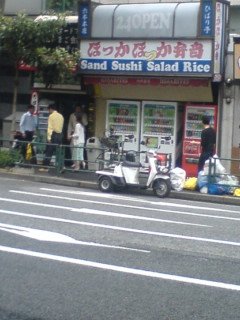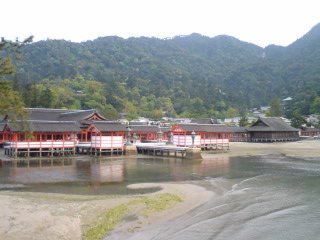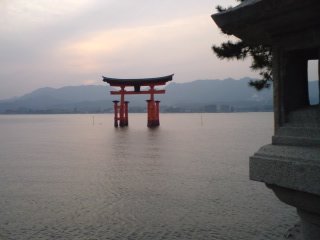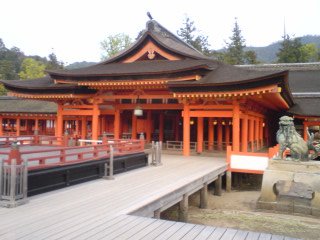Lately there seems to be a lot of eartquakes and we wonder how durable our houses are!? It’s nice to have housemates to share this ‘exciting’ experience with but we wouldn’t know where to go if we have to leave our house during a big earthquake. If possible, it would be great to have an Earthquake Evacuation Area map in each Oakhouse residence.
月別アーカイブ: 2008年5月
eartquakes
Night-time earthquakes
Yesterday night, there were two perceptible earthquakes in the Kanto region. The first one was at 1:02 am, the second at 1:45 am.
The second earthquake was a bit stronger and long, with 5 in intensity in the north of Ibaraki prefecture, and 3 in Tokyo. In the house where I live, the doors started trembling and the hole building was shaking. What is important in this kind of situations, is to stay calm, even if it’s not an easy thing to do, especially with night-time earthquakes as they come when you’re sleeping.
I think that opening windows and doors to secure an escape route is important. But one must not run out during the earthquake. It is also better to have some shoes nearby to avoid walking on shattered glass.
There was no damage yesterday, but it was not easy to sleep again after that.
Sand with my sushi ?
Not far away from Tokyo Midtown, in Roppongi, there’s an old shop that was turned into a shelter for vending machines selling drinks. There it is.
What is puzzling here is what is written in English. “Sand Sushi Salad Rice“. The majority of speakers of English who don’t understand Japanese will probably think that it was a place where people were selling sushi, salad, rice and… sand !?
Of course, Japanese people don’t eat sand with their sushi or their salads. Neither is there a sandman who brings sand to make children falling asleep. In fact, this “sand” is a contraction of “sandwich”, sandoitchi サンドイッチ in Japanese. It happens often that long words are abbreviated in Japanese. “sando サンド” is therefore often used for sandwich.
I however wonder how many foreigners who don’t know about the subtlety of Japanese language have looked at this shop with perplexity.
Itsukushima shrine
I took advantage of the holidays period called “Golden Week” in Japan to get out of Tokyo and go to Hiroshima. There, I made a visit to the Itsukushima shrine, located in Miyajima, in the West of Hiroshima, and registered as a Unesco World Heritage site. It is also one of the “Three most beautiful landscapes of Japan (nihon sankei 日本三景)”.
The torii gate to the shrine (ootorii 大鳥居) is particularly famous for being in the sea, giving the impression it floats over the water. It was edified in 1168, but the actual one dates back from 1875.
The shrine itself is built on pilotis and also gives the impression of floating on the sea, at high tide. To observe this, it is better to go there late in the afternoon. The first picture, above, was taken at around 6:40 pm, but the sea level is not high enough yet. It’s probably better to go there in summer.
The several buildings that compose the shrine are connected to each other by roofed corridors. Apart from the buildings used for religious purposes, there’s also a stage for nô theater.
I hope this will make you feel like going there.




